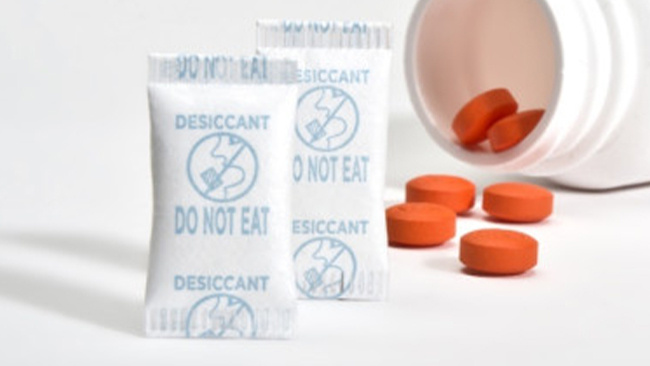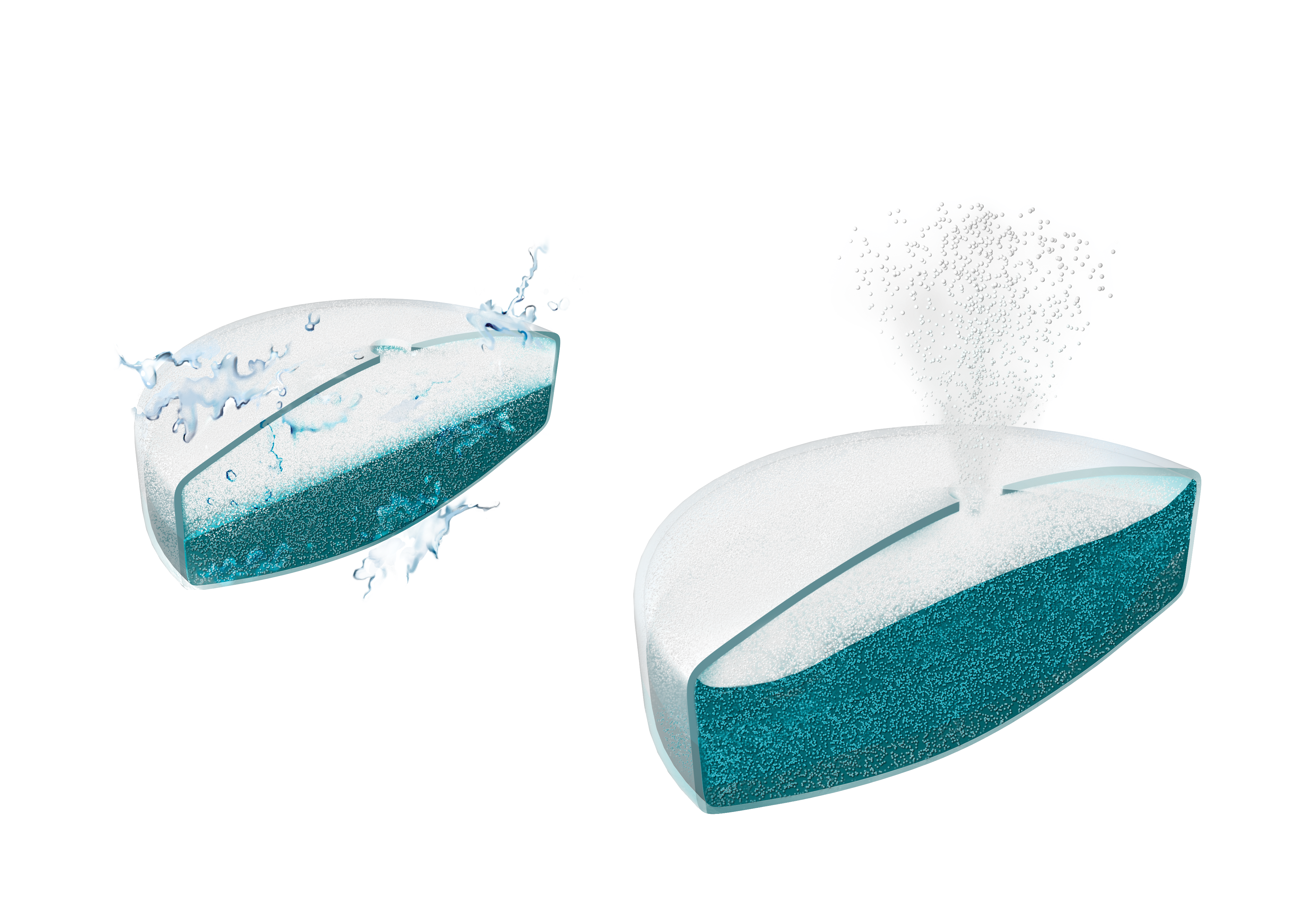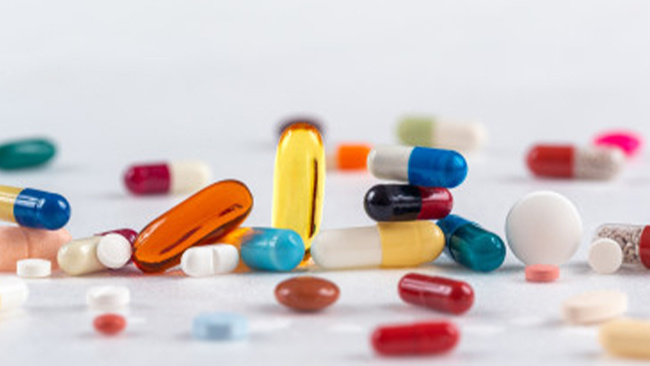Bulk Desiccants in Pharmaceuticals: Ensuring Dryness for Drug Stability

For pharmaceutical products to work properly, they must be stable. One key factor in achieving this stability is controlling moisture levels within the packaging. Moisture can cause many chemical and physical changes in drugs, leading to degradation and reduced efficacy.
To combat this, bulk desiccants are used in pharmaceutical packaging to absorb excess moisture and keep the drugs stable. This article explores the different types of desiccants, their roles in pharmaceutical packaging, and the challenges associated with their use.
Types of Desiccants
Desiccants used in pharmaceutical packaging come in various forms, each with distinct properties and applications.
Chemical Desiccants
Chemical desiccants like calcium oxide (CaO) and calcium chloride (CaCl2) absorb moisture through chemical reactions.
- Calcium oxide reacts with water to form calcium hydroxide, releasing heat and reducing moisture levels.
- Calcium chloride, a hygroscopic salt, absorbs moisture from the air, forming a liquid brine.
These desiccants are crucial for maintaining low humidity in packaging, protecting drugs from moisture-related degradation.
Physical Desiccants
Physical desiccant packets, such as silica gel, molecular sieves, and activated clay, absorb moisture through physical adsorption.
- Silica gel, with its high surface area, is commonly used in pharmaceutical packaging to maintain dryness.
- Molecular sieves selectively adsorb molecules based on size and polarity, ideal for precise moisture control.
- Activated clay adsorbs water between its layers, providing consistent moisture absorption over long periods.
The Role of Bulk Desiccants in Pharmaceutical Packaging
Bulk desiccants are essential for maintaining drug stability by absorbing excess moisture, and they go to work right away.
"Once sealed in packaging, such as a blister pack or bottle, the desiccant begins to interact with the product,” says Valere Logel, Global Head of Innovation for Functional Packaging at Colorcon. “It absorbs moisture from the product, reducing the relative humidity inside the package."
Using bulk desiccants not only extends the shelf life of drugs but also maintains their potency and safety. By creating a controlled environment within the packaging, desiccants protect against chemical reactions and physical changes, ensuring the quality and efficacy of pharmaceutical products.
Applications of Desiccant Packets in Pharmaceuticals
Desiccant packets are used in a wide range of pharmaceutical and healthcare applications. Here are some of the more common use cases:
- Tablets: Protects against moisture that can cause tablets to degrade or lose potency.
- Capsules: Maintains the integrity of capsules by preventing moisture-induced swelling or breakdown.
- Gummies: Prevents gummies from becoming sticky or losing their shape due to moisture.
- Probiotics: Ensures the viability of probiotic cultures by controlling humidity levels.
- Medical devices: Safeguards sensitive components in devices like urinalysis strips and ELISA kits from moisture damage.
- Powder: Keeps powdered medications dry and free-flowing, preventing clumping or caking.
- Point of care: Used in diagnostic kits to maintain the stability and accuracy of reagents and test strips.
- Inhalation: Protects inhalation products from moisture, which can impact their efficacy and shelf life.
Challenges in Handling Bulk Desiccants
Handling bulk desiccants does come with certain challenges, particularly during the manufacturing and packaging processes.
"Desiccants start absorbing moisture from the surrounding environment as soon as they are exposed,” Logel says. “In an uncontrolled environment, their moisture uptake capacity is typically exhausted within 24 to 48 hours."
This rapid absorption means that desiccants need to be carefully managed during production to maintain their effectiveness.
To address this, it is crucial to minimize the desiccants' exposure time to open air. Manufacturing processes must be streamlined to ensure that desiccants are incorporated into packaging as quickly as possible.
Proper storage conditions, such as airtight containers, are also essential to preserve the desiccants' moisture-absorbing capacity until they are needed.
Read related article: How Long Do Desiccants Last?
Final Thoughts
Bulk desiccants are crucial for maintaining the stability and effectiveness of pharmaceutical products. By absorbing excess moisture, they protect drugs from degradation and extend their shelf life.
Proper handling and application of desiccants ensure that drugs remain safe, potent, and compliant with regulatory standards. Incorporating bulk desiccants into packaging strategies is a key step in ensuring the quality and reliability of pharmaceutical products for patients.



